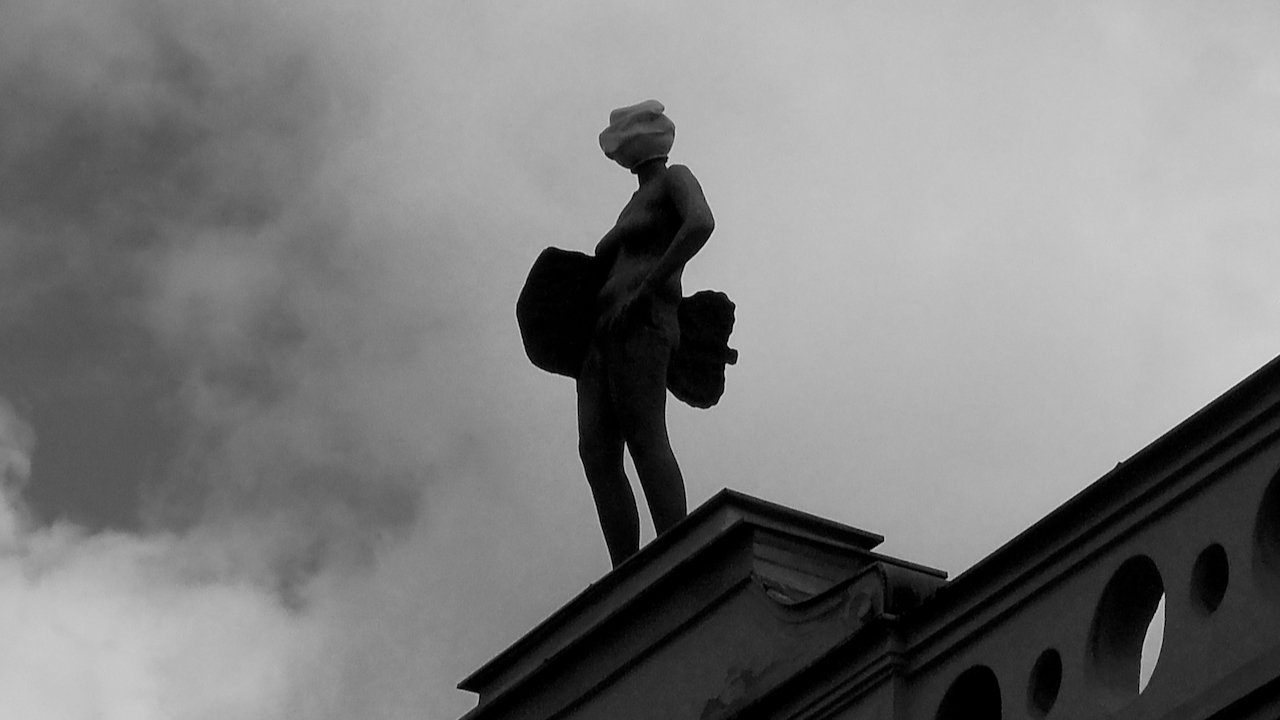Yesterday’s Path
Leaving the trail you took yesterday, the one you’re expected to take tomorrow.
Brooklyn 2015
In the first major snow of this season, the morning began with soft, wispy flakes, little dots of white tossed by the wind, more floating than falling; by midday those winds had grown and the snowfall increased, and I watched the white swirls outside my window soften my view, all the colors of my neighborhood wiped clean; once night came, after the wind stopped its push against my windows, I saw how the snow piles had swelled, erasing my street and sidewalk, leaving car rooftops as just a tease.
During the afternoon some of my neighbors had faced those winds and began to shovel their walkways. While the storm intensified they cleared paths and started cars, full of the belief that a little progress, even progress that’s quickly defeated by more snow, would make tomorrow’s cleanup easier. Other neighbors took a more lackadaisical approach—why do a hard job today when you can do it tomorrow? My third floor window overlooks at least twenty of these little decisions, and each had its own nuances, because some neighbors shoved with vigor—cleaning every flake of snow—while others cleared paths narrow enough to disappoint a puppy.
What intrigues me today—nearly two weeks later—is that those decisions, all made around midday during a single storm, still shape the entire neighborhood. The narrow, icy paths remain narrow, and shepherd people into single lines long after the storm, while the wider paths offer what feel like dry and expansive expressways.
Overall, whether a neighbor shovels a sidewalk doesn’t much interest me, nor is speculating or complaining about the subject really worth any time, but after following my own footsteps day-after-day it doesn’t demand much imagination to stretch that routine into a more interesting analogy.
A single path shoveled during a storm quite easily devolves to the only route, and the result is this strange routine, where everyone in the neighborhood follows the same path, takes the same footsteps, and that behavior reverts to a drill—because there’s no choice, no deviation is allowed. The steps taken today are limited to the steps taken yesterday. If you want to deviate, even slightly, you have to leave the prescribed path, the only clear trail, the one you took yesterday, and the one you’re expected to take tomorrow.
When you ski downhill, there’s also a tendency to find the grooves of earlier skiers, to slot your skis into the iced paths already formed, and to coast downward in that channel, simply following the prearranged route—in a way no different than any reflexive behavior. The path is already cleared, and to take another way would require more effort. If you, instead, select the other side of the mountain, where there’s fresh snow and unmarked trails—perhaps it’ll be dangerous, perhaps you’ll waste your time, perhaps the unexplored isn’t even worth exploring. But at least you won’t be swept along, following the same path again and again, too busy to realize that you’ve been mindlessly plodding ahead, falling down the mountain by the prescribed path, the one you took yesterday, too, the one where you’re comfortably wedged between guardrails.




